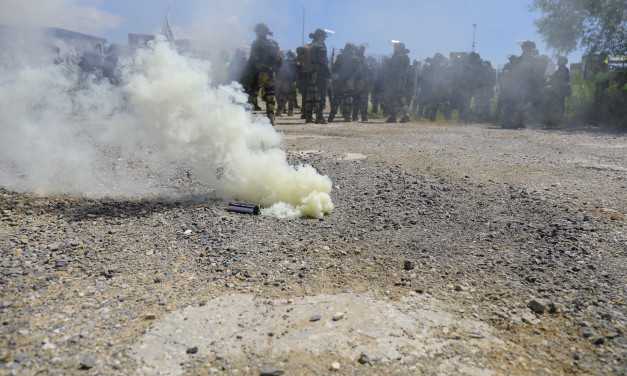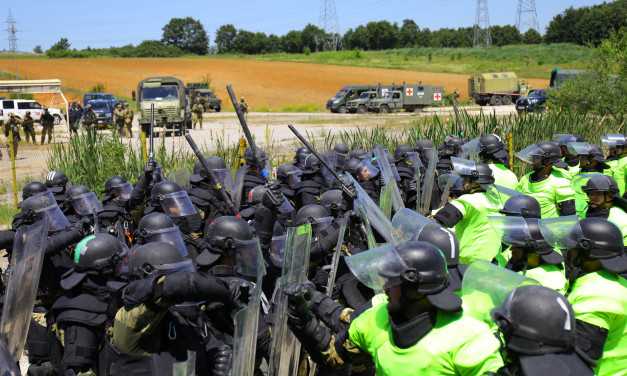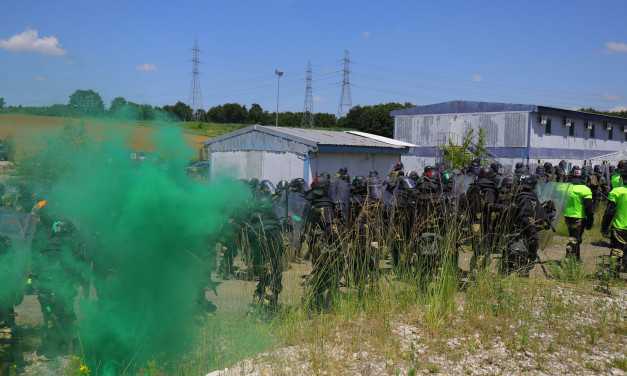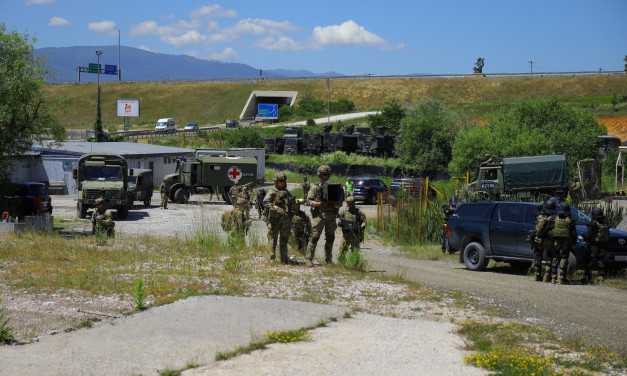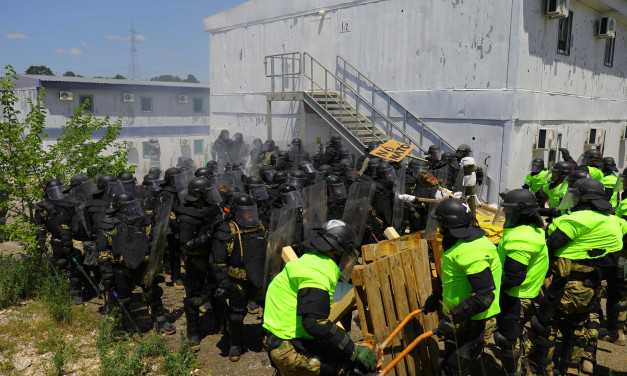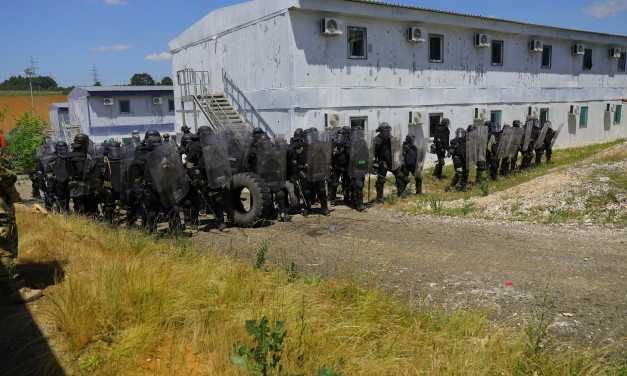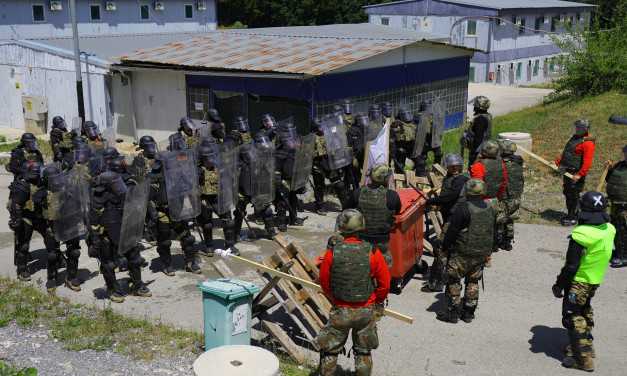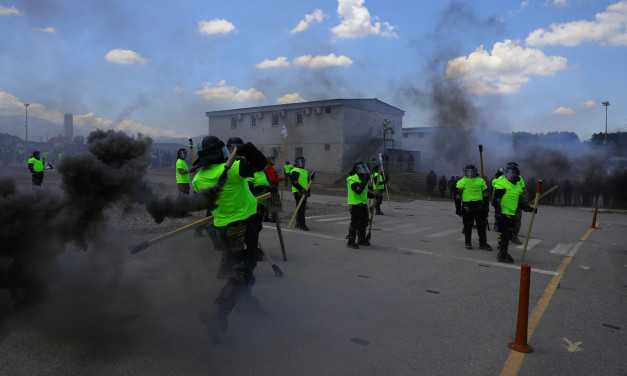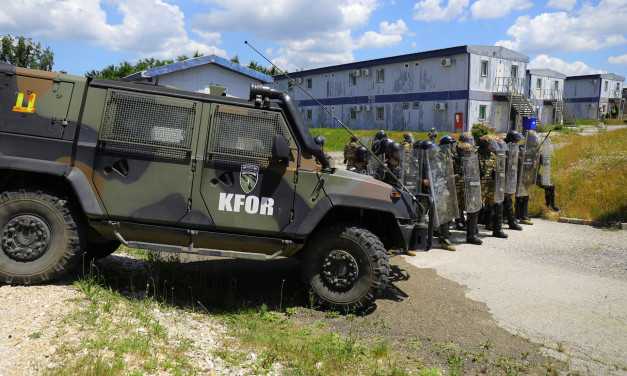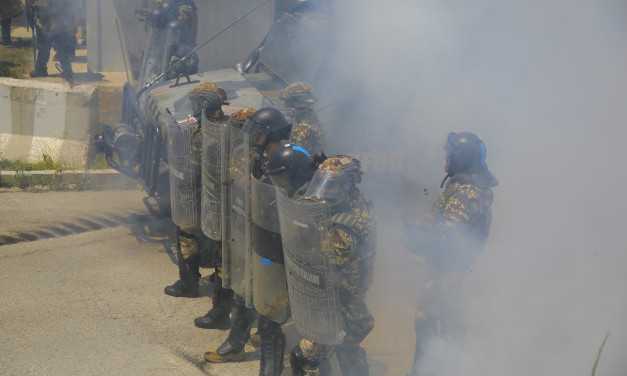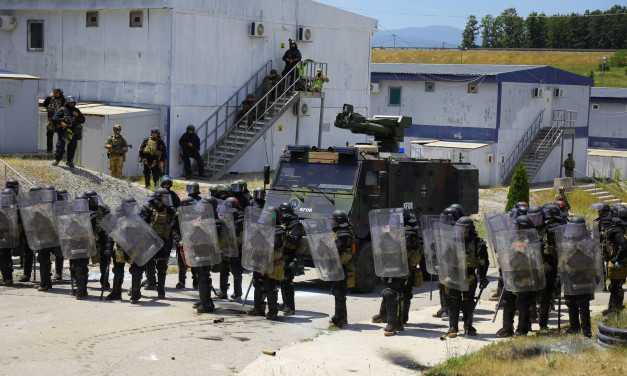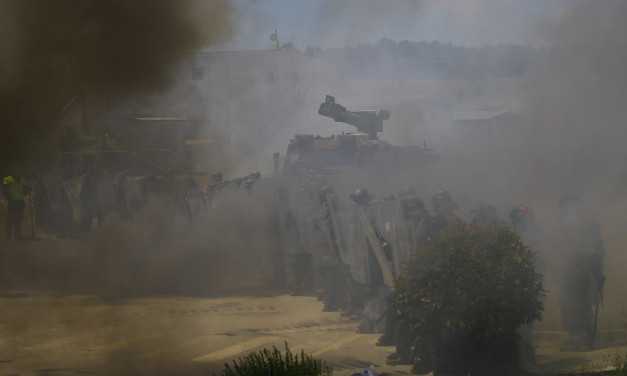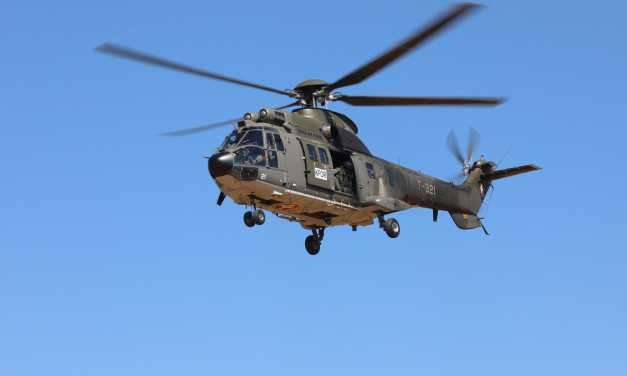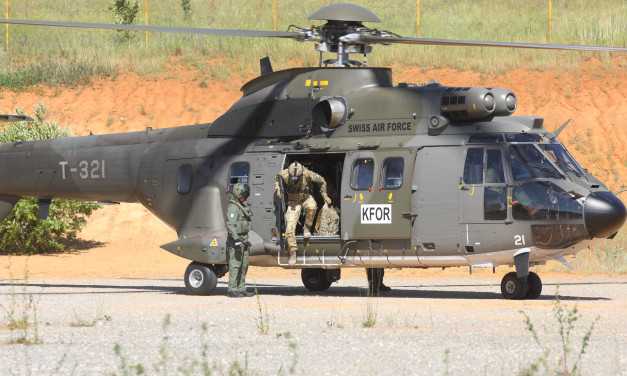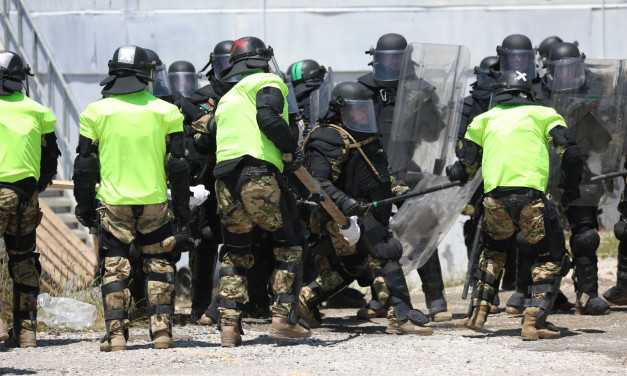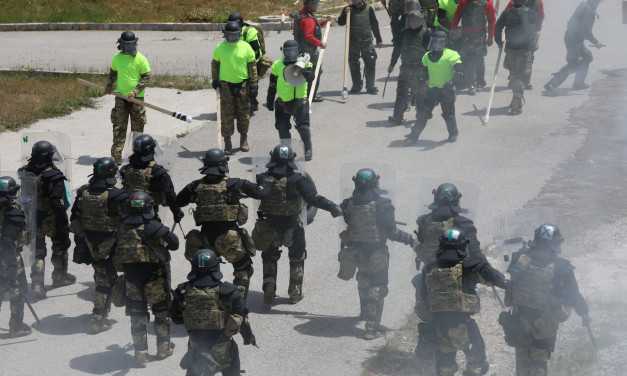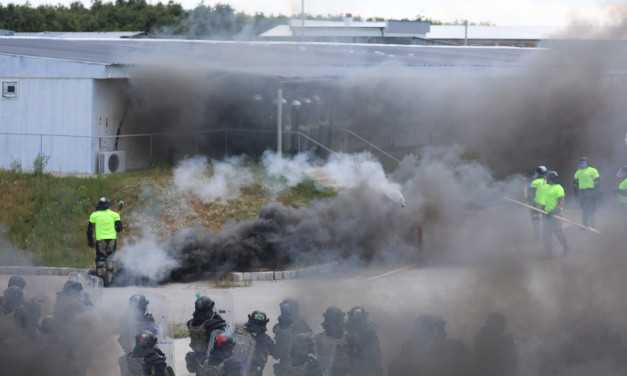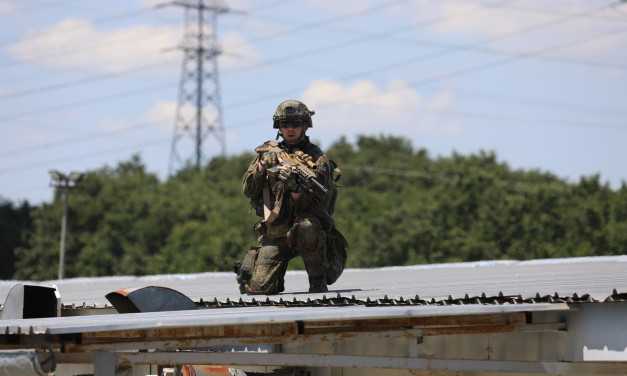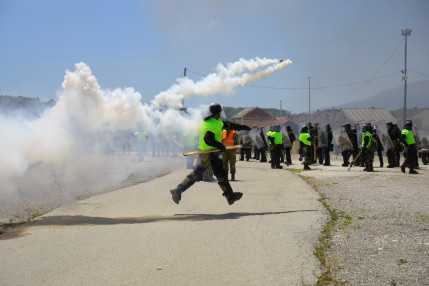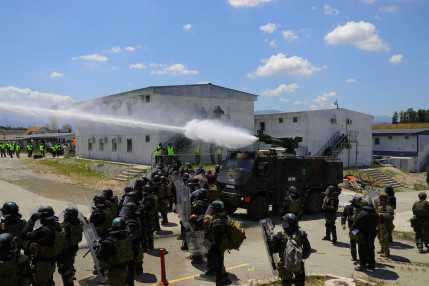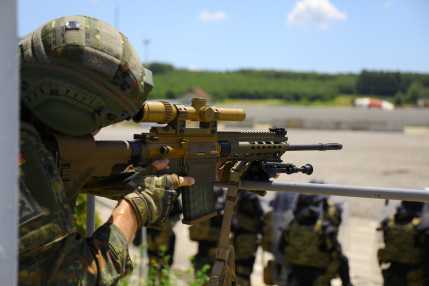“Kelly’s Heroes”
Text: First Lieutenant Zalán Szakács | Photo: Sergeant Á. P., Private First Class I. Cs., Private First Class P. T., Private First Class V. R. | 13:00 June 18, 2024It is safe to say that the task system of the Hungarian KFOR Tactical Reserve Battalion (KTRBN) comprises the widest spectrum in KFOR’s area of operations. The troops of the battalion must be ready to tackle challenges posed by peacekeeping operations such as Crowd and Riot Control (CRC), as well as for the demonstration of “classical” military capabilities.

The preparation for meeting a wide spectrum of requirements can only be guaranteed by providing training to high standards. That is why KTRBN commander Lieutenant Colonel Dávid Szent-Imrey has ordered the cross-training activity “Kelly’s Heroes”, which involved KFOR’s forces as well as the Formed Police Unit (FPU) of the European Union Rule of Law Mission in Kosovo (EULEX). Earlier, the task of organizing and conducting multinational joint tasks like the present one was always assigned to the KFOR Headquarters, but this time, Lieutenant Colonel Szent-Imrey intended to present a challenge to the command group and the staff of the Hungarian KFOR contingent as well. In accordance with this concept, Hungarian commanders (officers) were tasked with the planning, organization and conduct of the cross-training program, which is unique to KFOR as a national initiative and resulted in a training program of high quality. The execution of the training was continuously going on through two days in multiple dimensions (land, air) with around 400 personnel and 100 items of military equipment. On 5 June, the first day of the training started with testing the leadership abilities of commanders of the Hungarian and the invited foreign units. Acting under KFOR HUNCON Commander Lieutenant Colonel Dávid Szent-Imrey and his deputy, Major Róbert Kiss, the contingent staff briefed the participating units on the scenario of the training exercise, and issued orders to the participating units. The commanders of invited units modelled their allocated tasks using maps and sandboxes, thereby ensuring their preparation for the practical phase of the training.
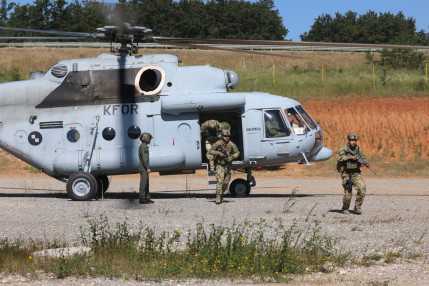
The practical phase of the training presented the participating subunits with challenges belonging to peacekeeping tasks in the area of operations. In designating the training venue, Camp Kelly, a camp not used by KFOR forces was chosen, which lent its name to the training as well. Acting on a venue unknown to them, the training audience had to disperse an ever-more aggressive crowd by snatching wanted individuals from the crowd within the framework of (military) police cooperation. Moreover, the program of the training involving the forces of 14 nations also included troop movements by helicopter, simulated medical situations as well as classic military-tactical tasks. The cross-training was being conducted under continuous Hungarian planning and supervision, and its quality was further enhanced via the introduction of several technological innovations (the use of drones and helicopters, crowd dispersal supported with water cannon). The water cannon, a newly introduced asset in KFOR, saw its first action within the framework of this exercise.
Lieutenant Colonel Szent-Imrey assessed the training as excellent, pointing out that during the cross-training event, there was opportunity to learn valuable lessons which are to be built into the planning of future exercises and tasks.
